|
In this week's Youtube video, I am sharing some ideas for using those long, thin scraps that can be difficult to use. It's hard to know what to do with them because they aren't the most useful shapes and sizes but hopefully you will find some of these ideas useful. I enjoyed making yarn from them and crocheting some coasters, as well as wrapping my embroidery hoop to make it look pretty. Thank you so much for watching, see you soon!
4 Comments
One thing I love is working with scraps, especially if they are tiny! It feels so good to make something useful from fabric that would otherwise be thrown away. I don't actually throw any scraps away anymore. I tend to use scraps in my projects more than new fabric! But in my most recent video on Youtube, I challenged myself to use as many small scraps as I could and this is what I came up with. I hope you enjoy it and I hope you make one too! Happy New Year! I hope you all had a wonderful festive period and I wish you all health and happiness for the coming year ahead. What better way to start the year than with a new project! I've been thinking for a long time about making a quarter inch hexagon wall hanging and I decided over Christmas that it was now or never. If I don't start it this year, I never will. So I set to work gathering scraps and basting my tiny hexies ready to start. If you are anything like me, you like to know the details behind projects so I thought I'd share with you why I want to make this quilt, my inspiration and my method, just in case you'd like to join me with your own quarter inch hexie project. I know quarter inch hexies aren't for everyone but already one lovely person has asked to join me and I'd love it if more people would like to join in too. I've wanted to make a large piece from tiny quarter inch hexagons ever since I saw Miss Leela's Wedding Medallion Quilt. Please click the link and check it out as it is amazing! I've also compiled a Pinterest board with some ideas and inspiration from other quarter inch projects I've seen. I don't know the layout of my piece yet but I will use these designs as a guide to get me started. There's a little bit more to making this piece than just wanting to though. Firstly, it will be predominantly made from scrap fabric. I am conscious of the effect the textile industry has on the environment and I strongly believe in making sure the fabrics we do buy are carefully considered purchases and are not wasted in any way. So this project will use floral fabric scraps left over from my other sewing projects in addition to some solid coloured fabrics that I have purchased specifically for this piece. As I am making quarter inch hexagons, even the tiniest of pieces can be used so this is a great way to use up scraps. Sewing has always been a sort of therapy for me. It allows my mind to be calm and the rhythm of stitching helps me to relax and reduces my stress levels. I've recently struggled again with low mood and feelings of anxiety and worry. I want this project to be the one that I turn to to help me through those feelings and to provide relief from them. Nature has always had a positive effect on my well being and so I plan to fussy cut tiny flowers for many of the hexagons. I know that seeing these tiny blossoms will lift my spirits and will also remind me to focus on the small things in life that can bring us joy. I hope that by thinking in this way, I can feel better. Only time will tell but I will be sure to let you know how it goes and if it does work. Staying true to myself, I will be making this quilt up as I go along, it seems to be the way I do everything these days! I will be using Hexiform shapes from Ashmead Designs and I'm buying them bit by bit as I think I will need 1000s! I love the Hexiform because you don't need to remove it at the end as you do with papers. It acts as a layer of wadding/batting and it gives a lovely structure to the piece. I'm using Superior Threads Bottom Line Thread in colour 623 because it blends really well with most colours of fabric. As it's polyester, it is really strong and I need to use a strong thread as I've decide to sew the hexagons together using a ladder stitch rather than the usual whip stitch. When working with such small hexagons, I was finding that my stitches looked really big when I whip stitched, no matter what thread or needle I used. Ladder stitch definitely takes me longer than whip stitching at the moment, and it feels like I'm learning from the beginning all over again. But hopefully I will find my rhythm with it and when I do, I will post some video tutorials on Instagram just in case there's anybody who would like to see. I don't really have a name for this project yet, but I'm sure one will come to me in time. For now I'm calling it the tiny hexie project! I'm hoping I can spend about 45 minutes a day on it most days and if you want to follow my progress, I will probably show where I'm up to once a week on Instagram.
If you fancy joining me with your own quarter inch hexie project or similar, let me know! It will be fun to stitch along together. Happy sewing! Following on from my previous post about sustainable sewing, I'm sharing the first in a range of tips and tutorials that link to the ideas in that blogpost. First up is an idea for using fabric scraps. I had some leftover pieces of Liberty Tana Lawn fabric from a previous project. They are too beautiful to throw away and of course, that wouldn't be good for the environment. The scraps are roughly 3 inches by 4 inches but you could use any size pieces. I had some lavender in organza bags that I got free when I purchased some wool. However, dried lavender is readily available if you need to purchase some, or perhaps you could dry some from your garden or a friend's? If you don't have organza bags, you could put the lavender straight into the pillow with the stuffing but the organza makes it less likely to spill. Click here to watch the full video tutorial on how to make these lovely lavender pillows. Happy sewing!
A few weeks ago the BBC showed a Stacey Dooley documentary which investigated the fashion industry and exposed the catastrophic effect it is having on the environment and the world's supply of water. The programme left me feeling incredibly worried. I love our planet and I love sewing. I don't buy into fast fashion, which is one cause of the this environmental disaster, but I do buy fabric. I was horrified to discover the dyes used in the production of fabric were polluting rivers. The main type of fabric I buy is cotton and I was shocked to find out just how many gallons of water are used in its production. Unfortunately, the programme exposed just how difficult it is for consumers to find out the origin of their clothing and this left me wondering what to do. So after a long, hard think, which took me to the point of thinking I shouldn't sew anymore, I've come up with ten ways in which I, and you, can sew in a way that will have less impact on the planet. 1. Slow sewing I think it's really important to take your time over your sewing projects. Enjoy every stitch and be mindful about what you are creating. Not only will the end result be neater and of a better quality, but you will enjoy it more. Churning out dress after dress that you only wear once is no different to buying into fast fashion. So carefully plan your projects and take your time. 2. Create heirloom pieces to be cherished If you are making things from newly purchased fabric, ensure you create something that will be loved for years to come and maybe even passed down through the generations. This could be a quilt or a doll, or even a special piece of embroidery. Try to stitch your initials and the date it was made somewhere on the item so that in the future it can be traced back to you. 3. Gift sewing
If you have a collection of fabric at home already, why not think about using it to make some gifts at Christmas or for birthdays? Handmade items are more likely to be loved and treasured than mass produced items therefore not ending up in landfill. Plus you will be using what you already have rather than buying new things. 4. Mend worn clothing Rather than throw away something that has a rip or a stain on it, use your new sewing skills to fix the problem in order to get more wear out of the garment. You could embroider flowers over a stain or sew a patch over a rip. When an item of clothing really does come to the end of its life, don't throw it in the bin but put it in the fabric recycling bin or send it to a charity who will get the money for it to be sent off as rag. 5. Reuse old clothing as patterns or repurpose the fabric When I really love a garment but it is truly worn out, I love to open it up at the seams, lay each piece out flat and use them as pattern pieces to create new garments. This is great because you know the item will fit perfectly. If you didn't want to use your old clothes as a pattern, you can easily repurpose the fabric in other ways such as in a quilt or maybe by making doll's clothes or even children's clothing out of them. 6. Only buy fabric you love If you are going to buy new fabric, that's totally fine! We all love buying fabric, me included. But from now on, I'm only going to buy fabric I absolutely LOVE. Like isn't good enough, it has to be love. Also, it's helpful to have a clear plan in mind for what you will use the fabric for. I find that the fabric that is sitting in my stash years later, is the fabric I bought without a clear plan. Will I ever use it? Maybe not. So I'm not doing that anymore. 7. Fabric swaps with friends or online I recently took part in an online swap were people made Beatrix Potter themed items for one another. Some people didn't have any Beatrix Potter fabric to make things from and it was lovely how people did fabric swaps to get the fabric they wanted. If you have fabric you no longer want, put a shout out on Instagram to see if somebody wants to swap with you. You never know, you might end up with something you really want and a lovely new friend too! 8. Check the origin of the fabric There are some companies (although sadly not many) that are open about their ethical fabric production. Atelier Brunette is the first company that springs to mind. They are committed to ensuring their production treats employees fairly and they are continuing to develop ethical ways to produce fabric. I love that their motto is "Consume less, consume better". There are many certifications that fabrics can have and these tell you about how it was produced. Ecocert is one of them and Oeko Tex is another. Check out those websites to find out more. 9. Be creative with fabric scraps Trying to waste as little as possible of your precious fabric is always a good thing, so think of ways to use your scraps. Perhaps you could make a scrappy quilt using mini hexagons scraps from every project you've ever made? Not only would this be a great way to use up scraps but it would also be a nice way to remember your projects. Maybe you could use tiny scraps as part of your toy or cushion filling? Tiny scraps are also perfect for doll clothing or the insides of toy's ears. 10. Buy organic fabric If you are buying new fabric, there are some organic brands which are great because you know they've been produced without harmful chemicals. Check out Birch Fabrics and Cloud 9 fabrics. I hope you've found these tips helpful and that it has given you some inspiration. Stay tuned to the Rose Petal Patterns Instagram page as I'm planning some mini tutorials based on some of these ideas and you'll be able to see them over there. If you have any other ideas and tips for sustainable sewing, leave them in the comments below. Happy sewing. There has been a lot of talk in the media and online about the environment lately, or rather, the damage to the environment that humans are causing. A lot of this talk came off the back of the BBC documentary 'Drowning in Plastic' that was shown two weeks ago. This has had a huge effect on me and ever since watching it I have been learning about ways to reduce the amount of plastic I put out into the world. As a result, I am currently working on making sure all of the packaging materials for my kits are biodegradable, compostable, reusable and/or recyclable. I use biodegradable cellulose bags to package each part of a kit. This keeps things together and keeps them clean and pristine, it can be reused and when you no longer have a use for it, it can be put on the compost heap. Each package you buy from me will still be beautifully wrapped and will still feel like a gift to yourself but it is important to me that I am not sending out products that damage the environment. So all wrapping materials will be reusable and I also use beautiful fabric scraps in the packaging too, for example, in the picture below, the needle is secured in a piece of Liberty Tana Lawn. It's really important that we all try to do our bit for the environment and that's what I'm trying to do with Rose Petal Patterns.
|
Follow me on InstagramAbout the Author
My name is Emma and I love all things sewing, especially EPP. My little blog is the place where I document what I'm making. I hope you enjoy reading what I'm up to! All opinions are my own and I only share things that I think you will love. Thank you for taking the time to stop by. Archives
September 2023
Categories
All
|
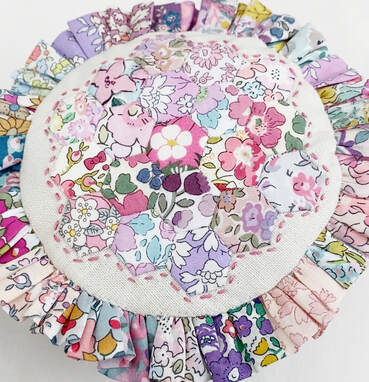
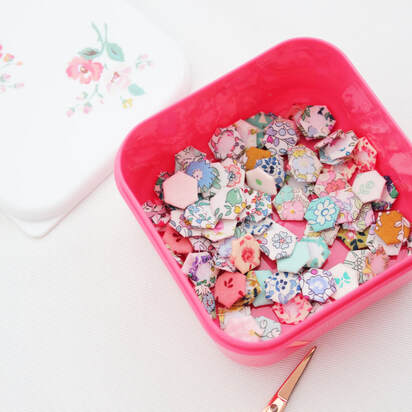
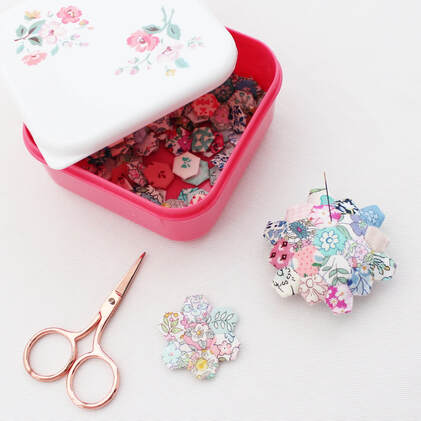
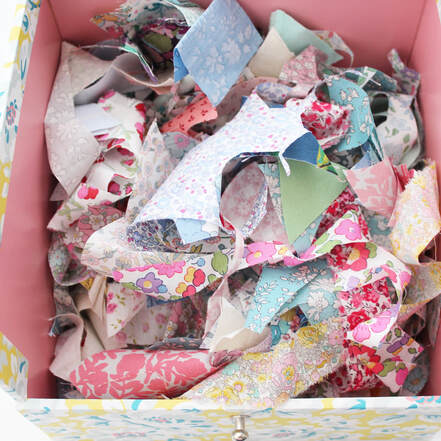
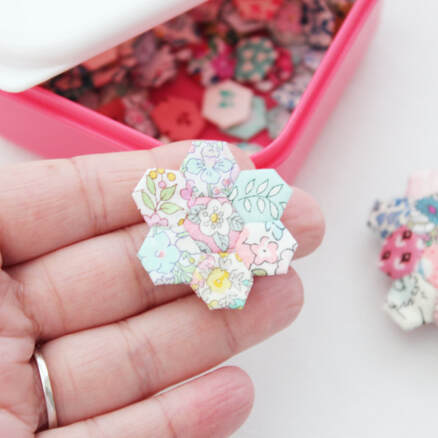
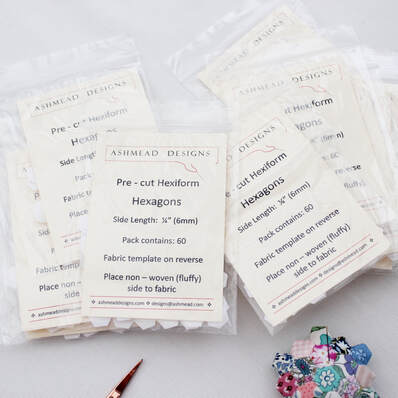
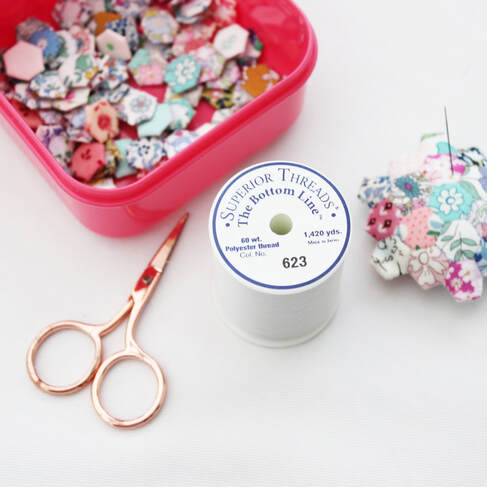
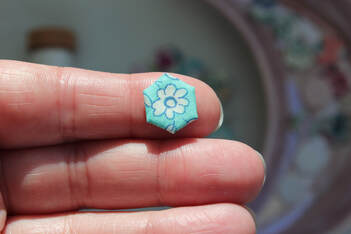
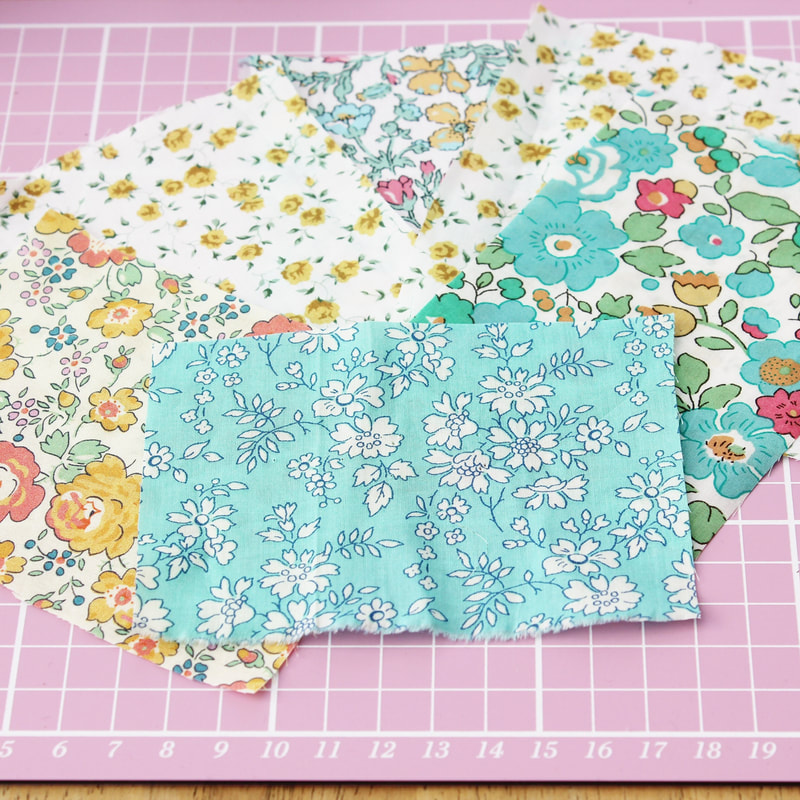
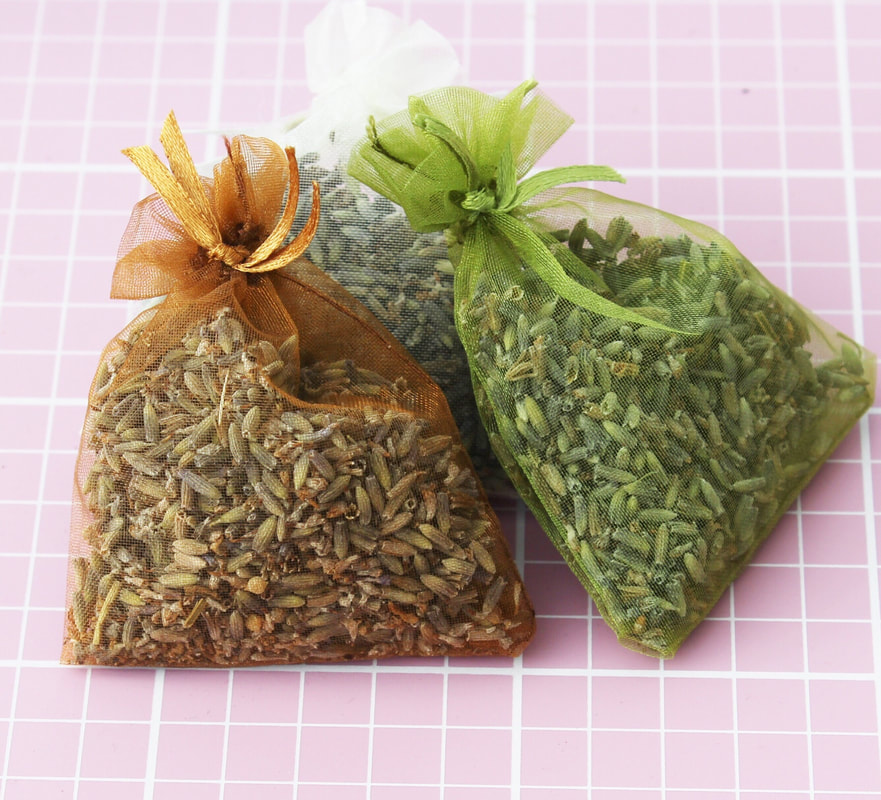
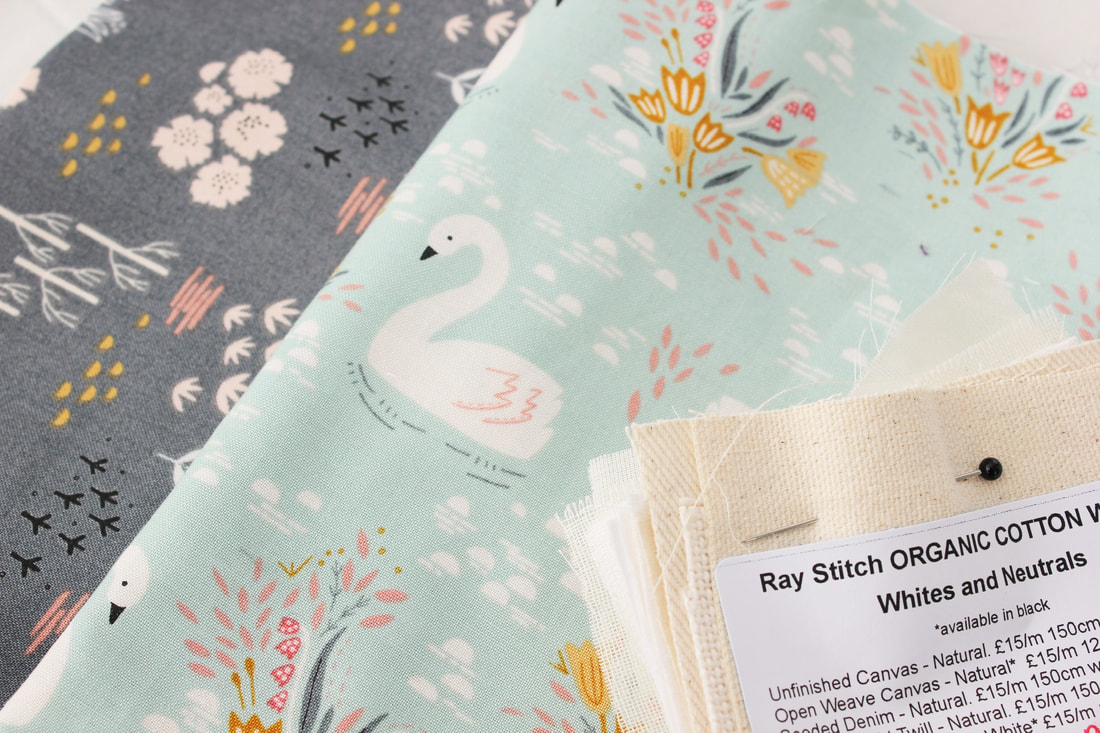
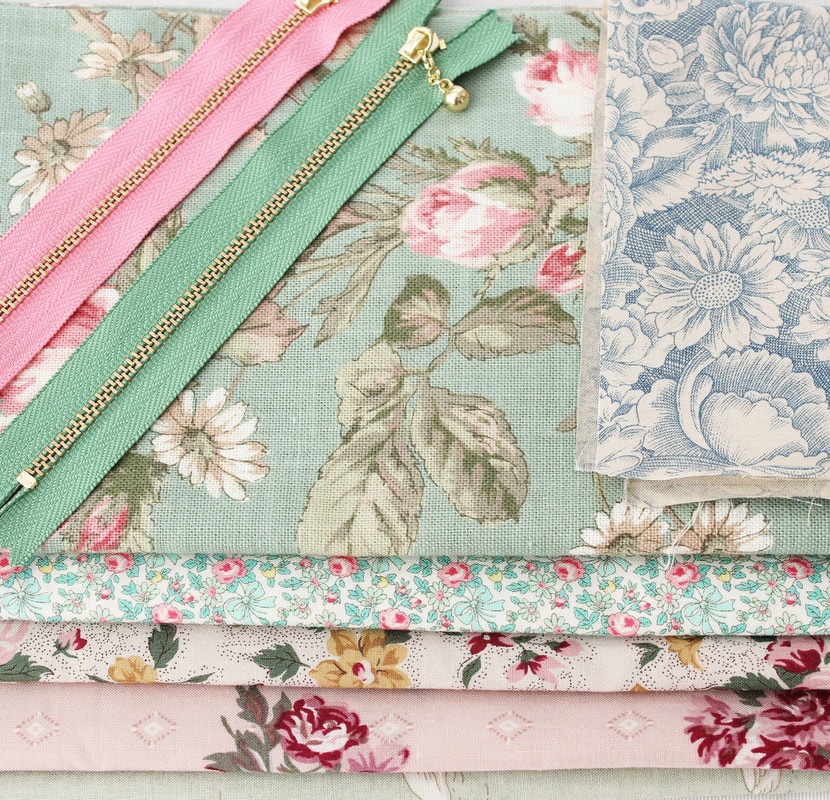
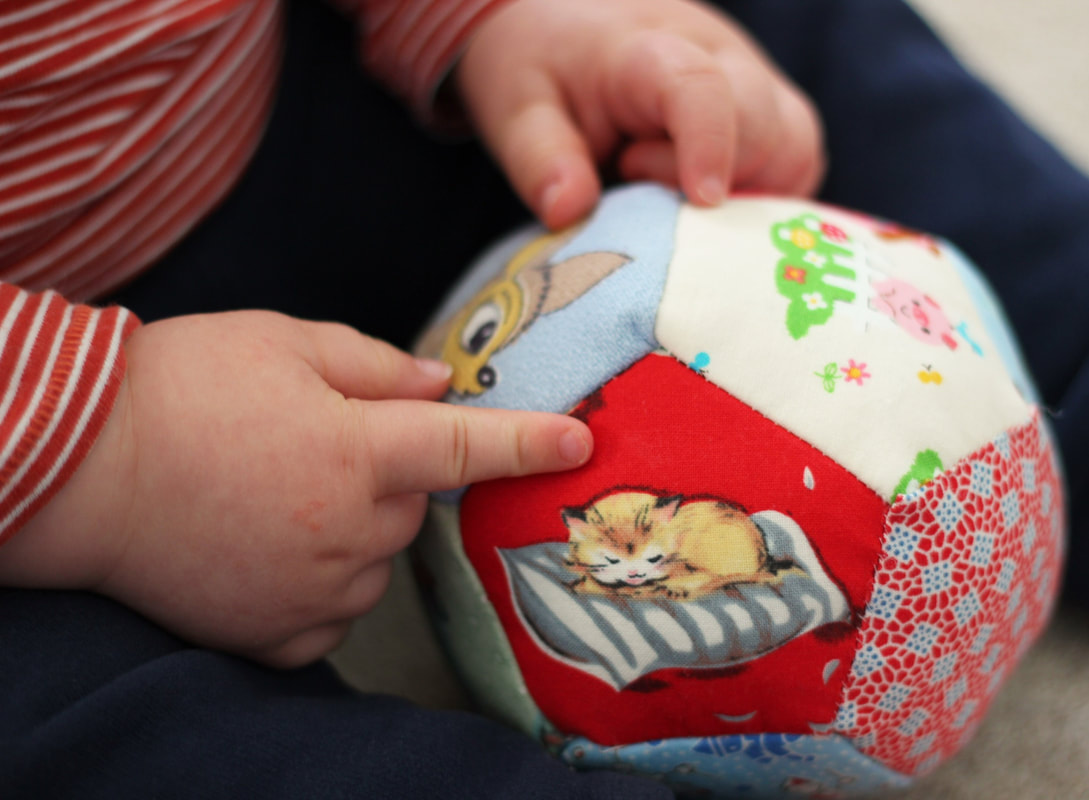

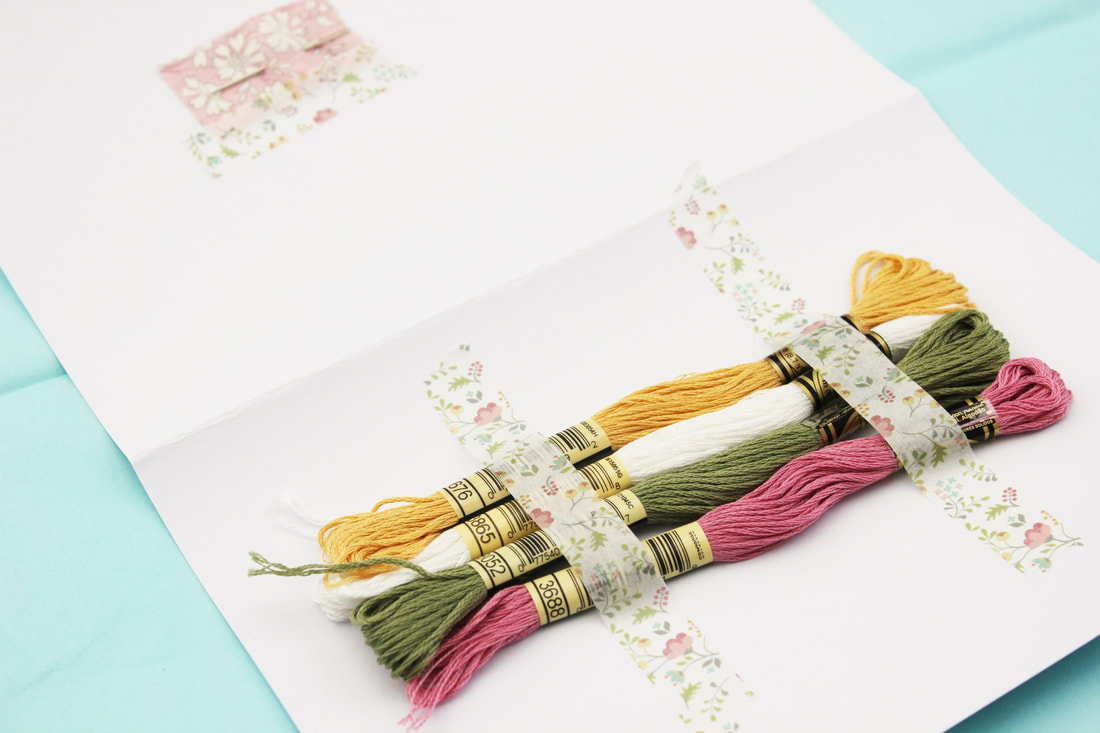
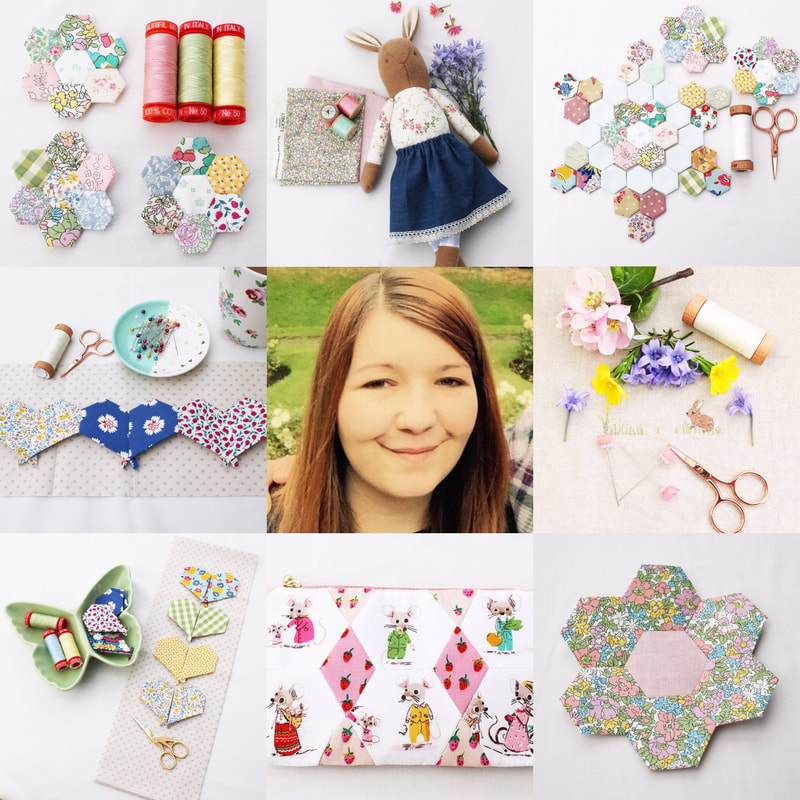
 RSS Feed
RSS Feed